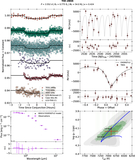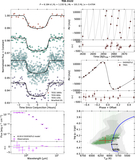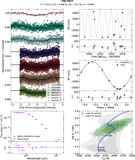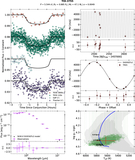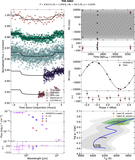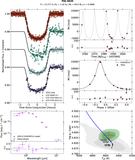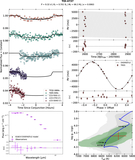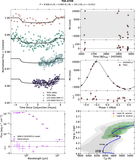Image Details
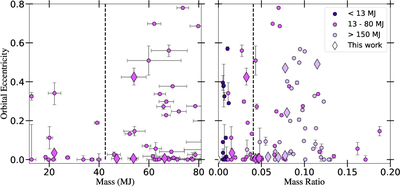
Caption: Figure 14.
Left: eccentricity vs. mass for transiting BDs with a dotted line at the proposed B. Ma & J. Ge (2014) boundary between planet- and star-like BDs. Right: all transiting companions ranging from 7 to 150 MJ in eccentricity vs. mass ratio with a dashed line at the same 42 MJ location assuming a 1.0 M⊙ host star. As discussed in Section 4.1, the eccentricity dichotomy between low- and high-mass BDs does not hold up when plotted against mass ratio, suggesting that this feature may not represent the boundary between planet-like and star-like BDs.
Copyright and Terms & Conditions
© 2025. The Author(s). Published by the American Astronomical Society.



